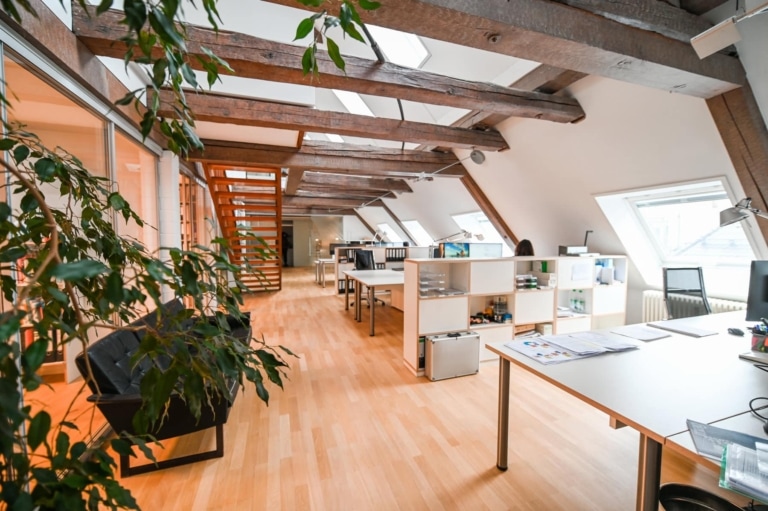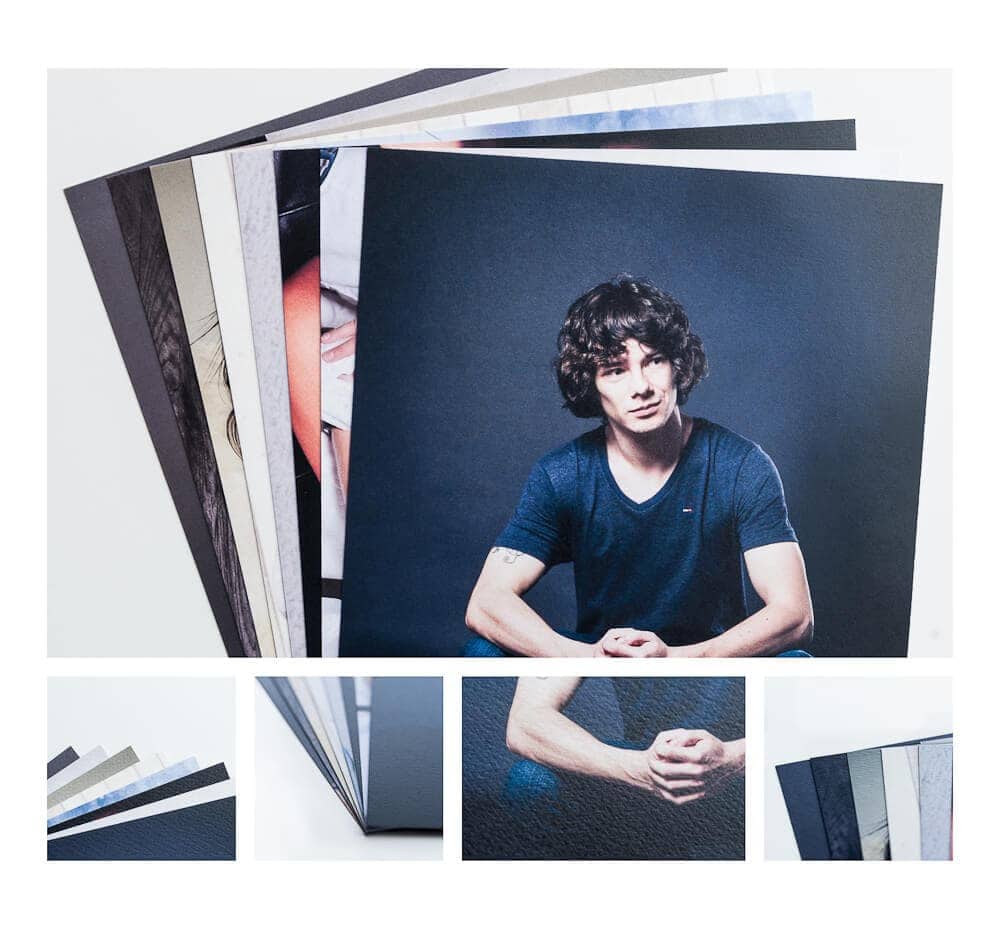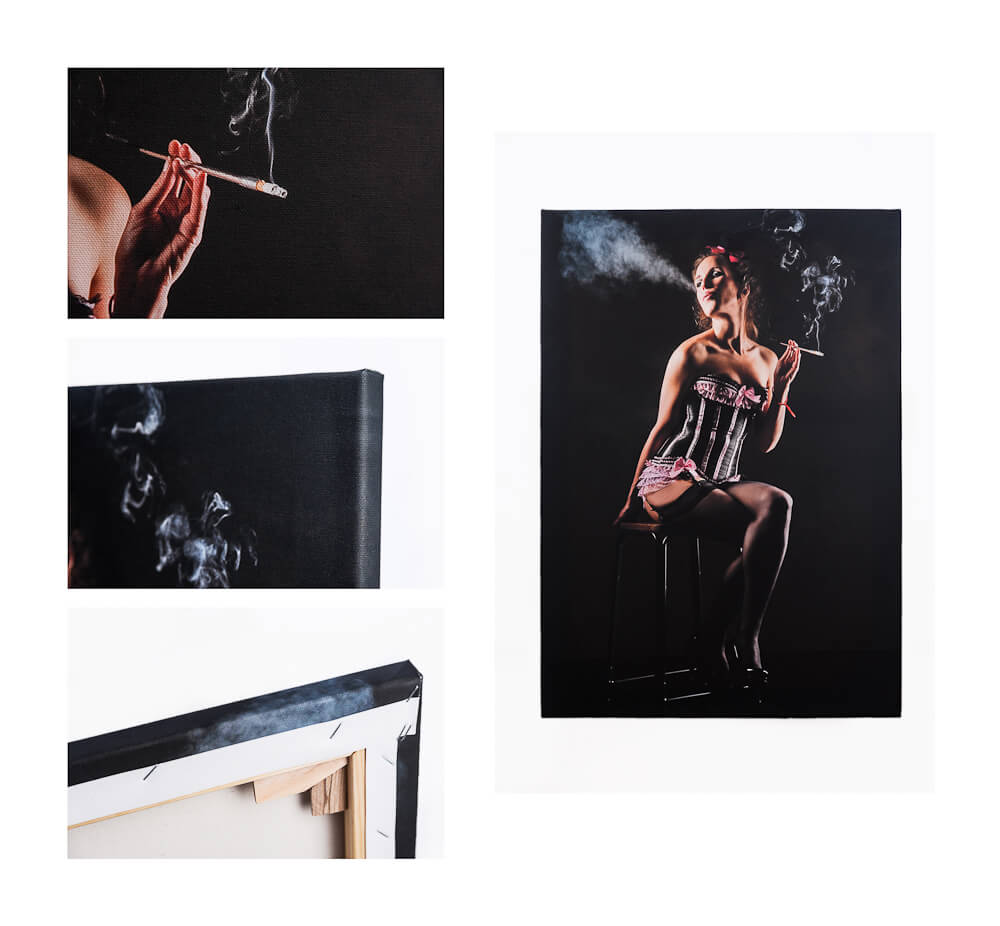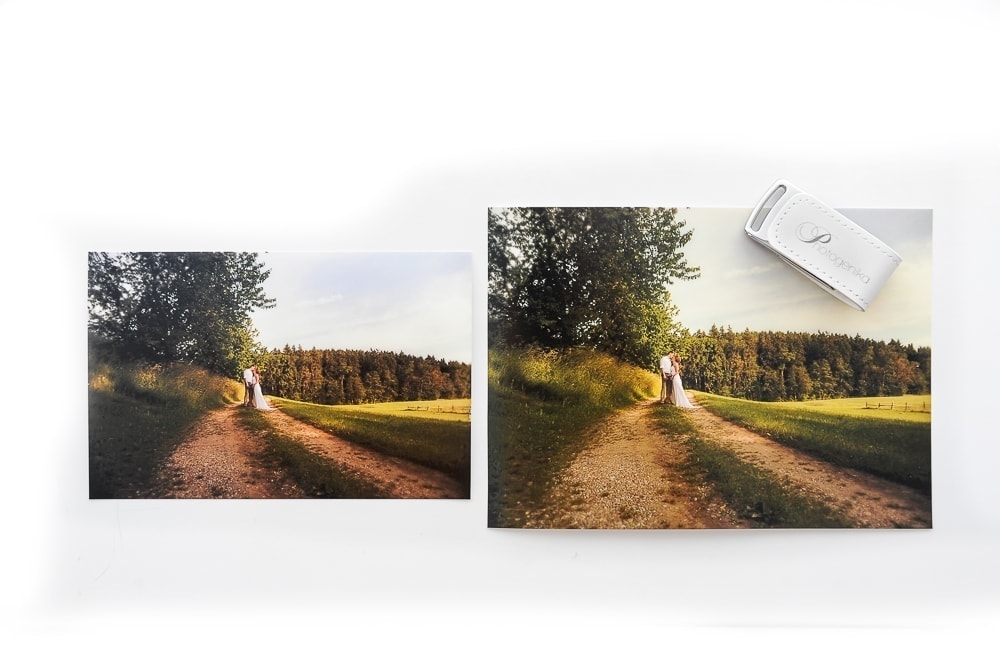As soon as you want to buy a new lens, you have to deal with the image quality of lenses. This is crucial for successful photos and long-lasting satisfaction with the lens.
What makes a good lens?
- Brightness distribution over the image
- image sharpness and contrast
- low stray light
- no color fringes
- geometrical rendering
- good light transmission
These 6 points are decisive for good optics and so they should definitely be found out with every single lens.
Now I will explain these individual factors to you in detail so that nothing can go wrong 🙂
Brightness distribution over the image
The brightness in a photo should be the same across the entire area. For example, you want to take a photo of great cloud formations in the sky. With such unstructured motifs, it is important to avoid a drop in brightness. This would have a very disturbing effect on the whole photo. However, a certain drop in brightness cannot be avoided with wide-angle lenses, as many physical reasons speak against it. A drop in brightness of up to 25 % is not that bad.
image sharpness and contrast
In order to achieve a good result with these two properties, I would recommend you a fixed focal length (fixed focal length: lens with a focal length that cannot be adjusted; for example: 70 mm). This can be designed more precisely than a zoom lens due to the few lenses. This means that with a fixed focal length, the lenses are optimized in terms of sharpness and contrast. This is only partially possible with a zoom lens, as it is made up of many lenses. You can read sharpness and contrast from the "MTF curves" that are usually given. How to read these curves? There will soon be a separate blog entry for this, because the topic is simply quite extensive.
Little stray light
Stray light is what photographers call diffuse light, which is caused by reflections in the camera and lens. The diffuse stray light is normally distributed evenly over the entire image and is therefore not really visible. However, it makes the image brighter and lowers the contrast. The aperture setting also has an influence on the image quality in connection with stray light. The wider the aperture, the worse the image quality. The choice between fixed focal length and zoom lens also plays a role here. With a zoom lens, the light breaks through the many lenses very often and so there is more scattered light than with the fixed focal length, which is built with fewer lenses. This shortcoming arises primarily through direct irradiation of light and through different refractions of the light. What can you do against stray light?
- You should pay attention to a good compensation of the lenses.
- The "inner walls" and all camera and lens parts that are in the beam path are matted and painted black by the manufacturers.
- The ribbing of surfaces in the lens reduces the reflections (for example, also in old cameras with the bellows)
- It also makes sense to use the lens hood (also called lens hood).
- Use shades (e.g. black cardboard).
no color fringes (chromatic aberration)
Color fringes are appearances at light/dark or dark/light edges, which are expressed by colored pixels at the edges of these. They can be caused by the mosaic filter of the image converter in the camera, in the optics and in digital color interpolation.
What can be done for small color fringes?
- choose a small lens aperture to sharpen contrast edges
- select the focus level so that the contrasting edge is in the focus area
- Achromats or apochromats can be built into the lens by the manufacturer
geometrical rendering
This means that in architectural photography, for example, all lines, surfaces and shapes are reproduced as realistically as possible in the picture. A distinction is made here between barrel and pincushion distortion.
Pincushion distortion With this type of distortion, all actually straight lines are distorted inwards. In this way, a dash becomes a slightly oval line.
Barrel distortion This distortion also produces slightly oval lines, but these are distorted or warped outwards.
Distortion is not dependent on aperture. But from the position of the aperture in the lens. If the aperture is in front of the lenses, the distortion becomes barrel-shaped. If the aperture is behind the lenses, the distortion becomes pincushion-shaped. The problem of distortion increases with zoom lenses, since the aperture shifts when the focal length is adjusted.
Good light transmission (spectral transmission)
Light transmission is affected by reflections and absorption on the inner walls. Good light transmission is achieved thanks to the very good coating (anti-reflective coating of the lenses) from the manufacturer. The maximum aperture stated on each lens does not take into account the value of good or bad light transmission. The spectral transmission is specified as a percentage depending on the light color (wavelength).













